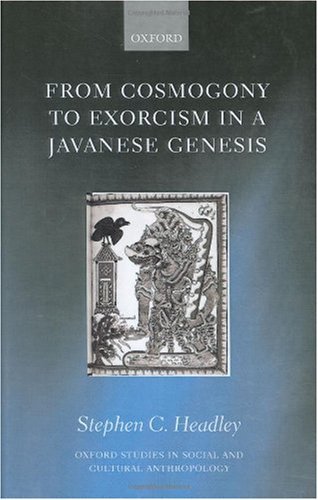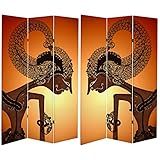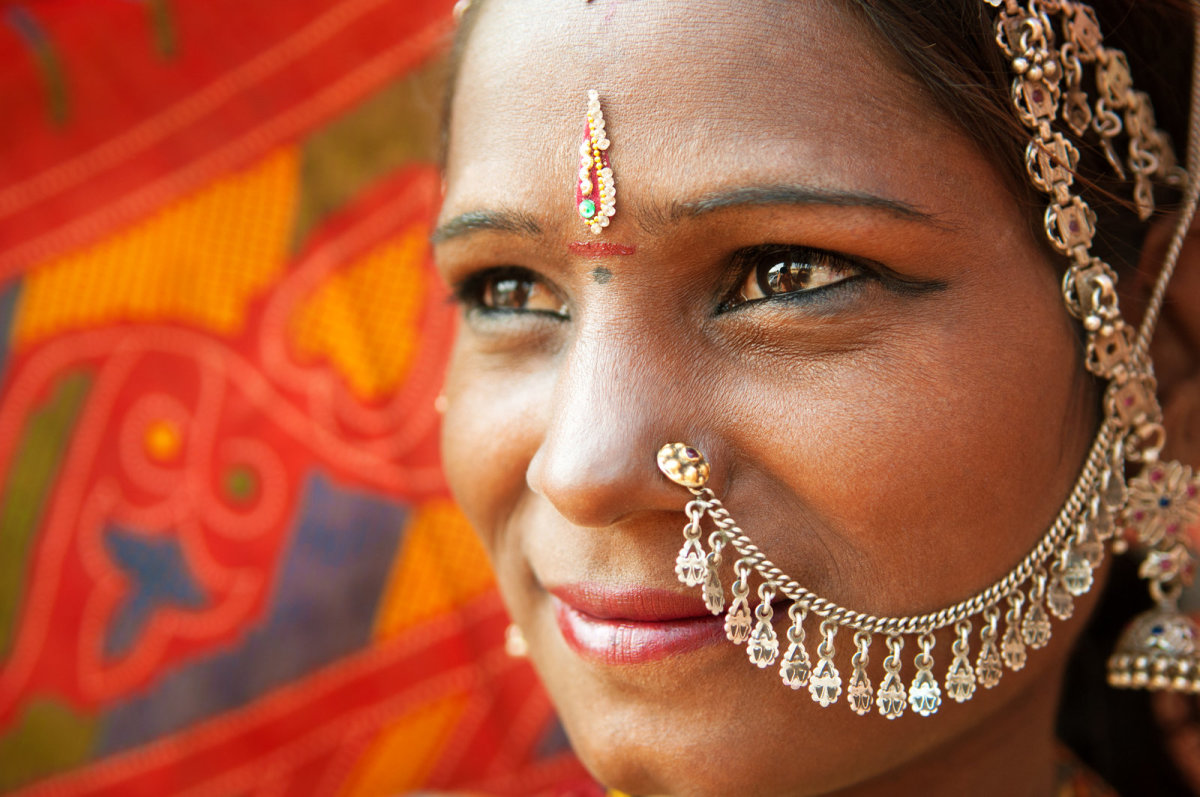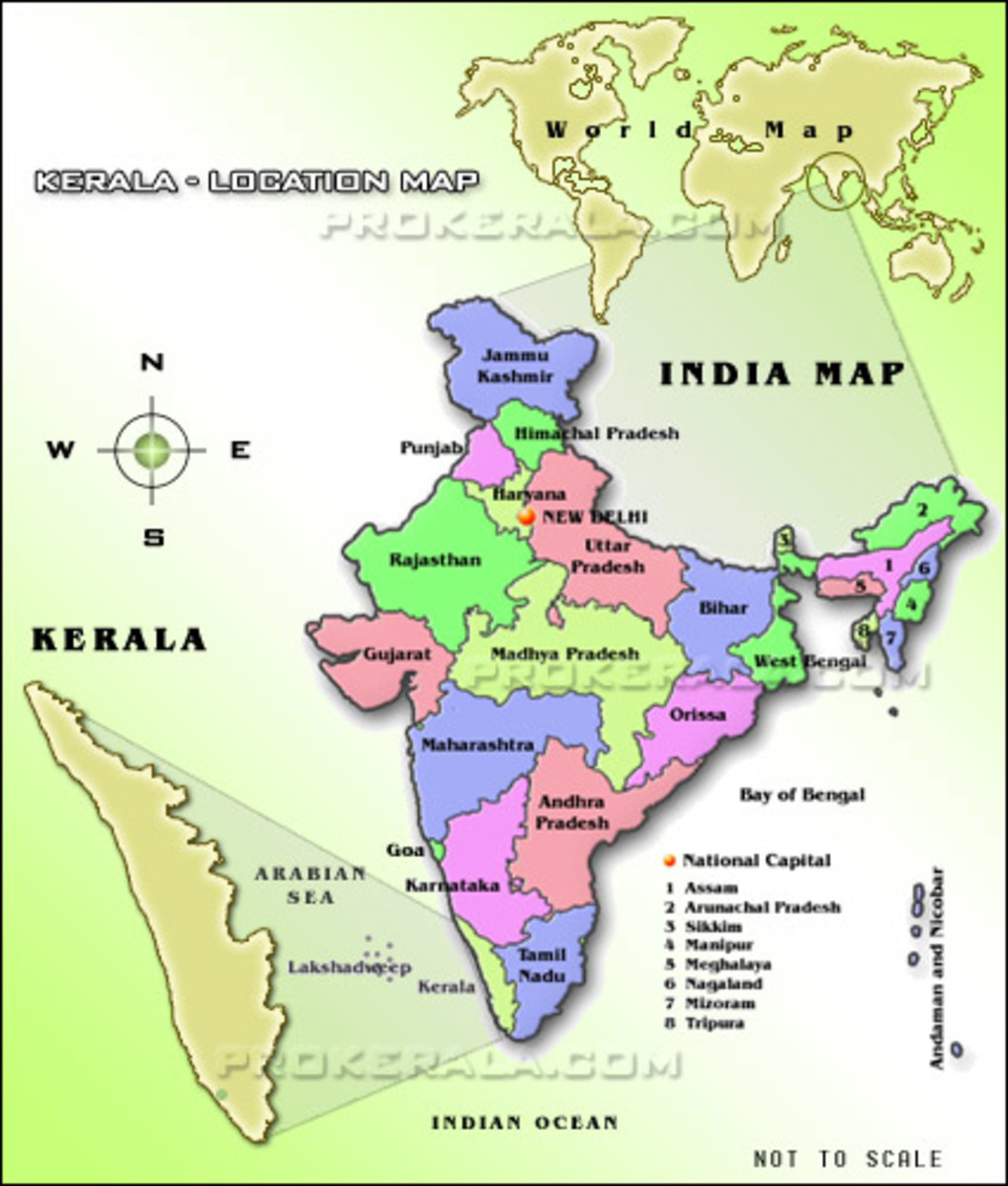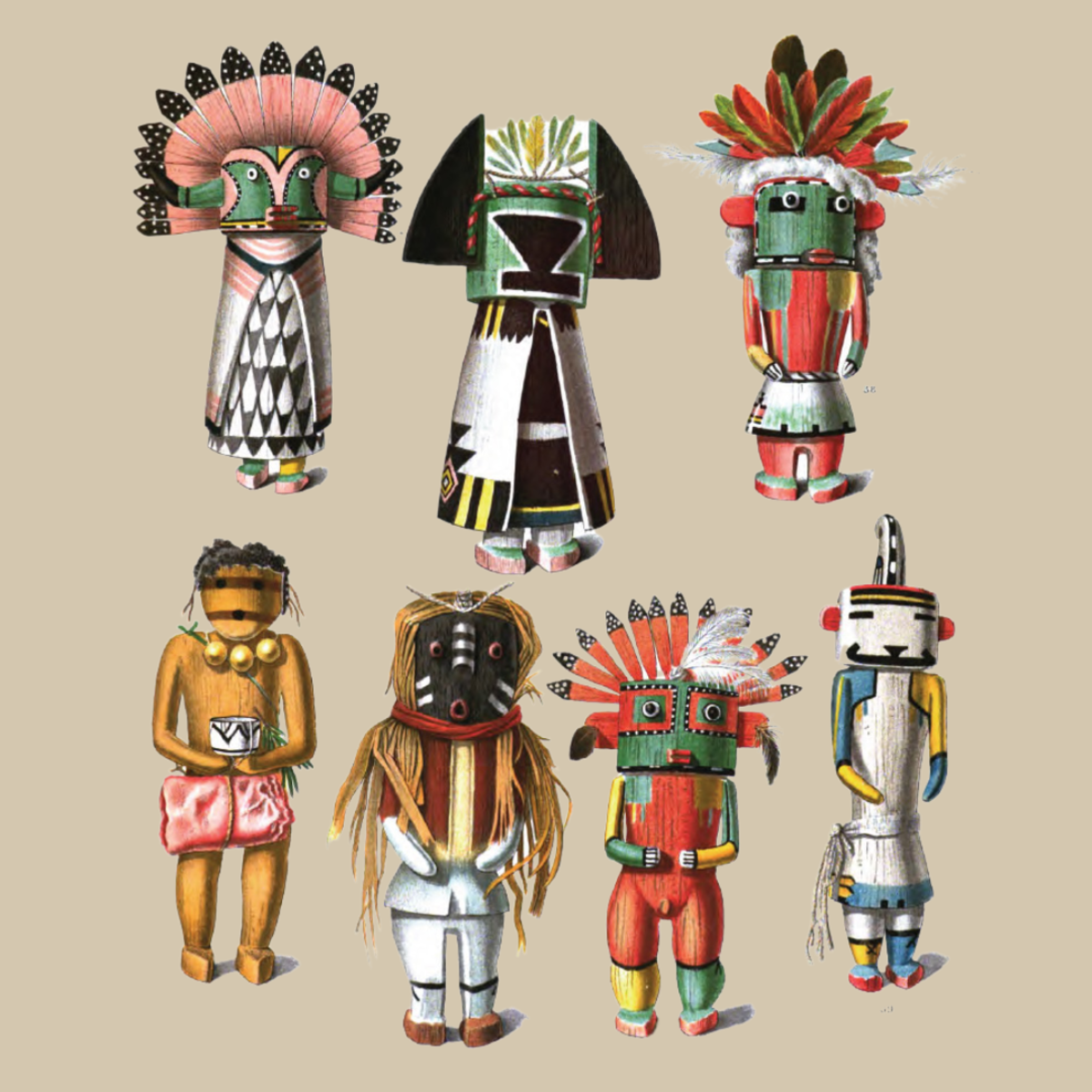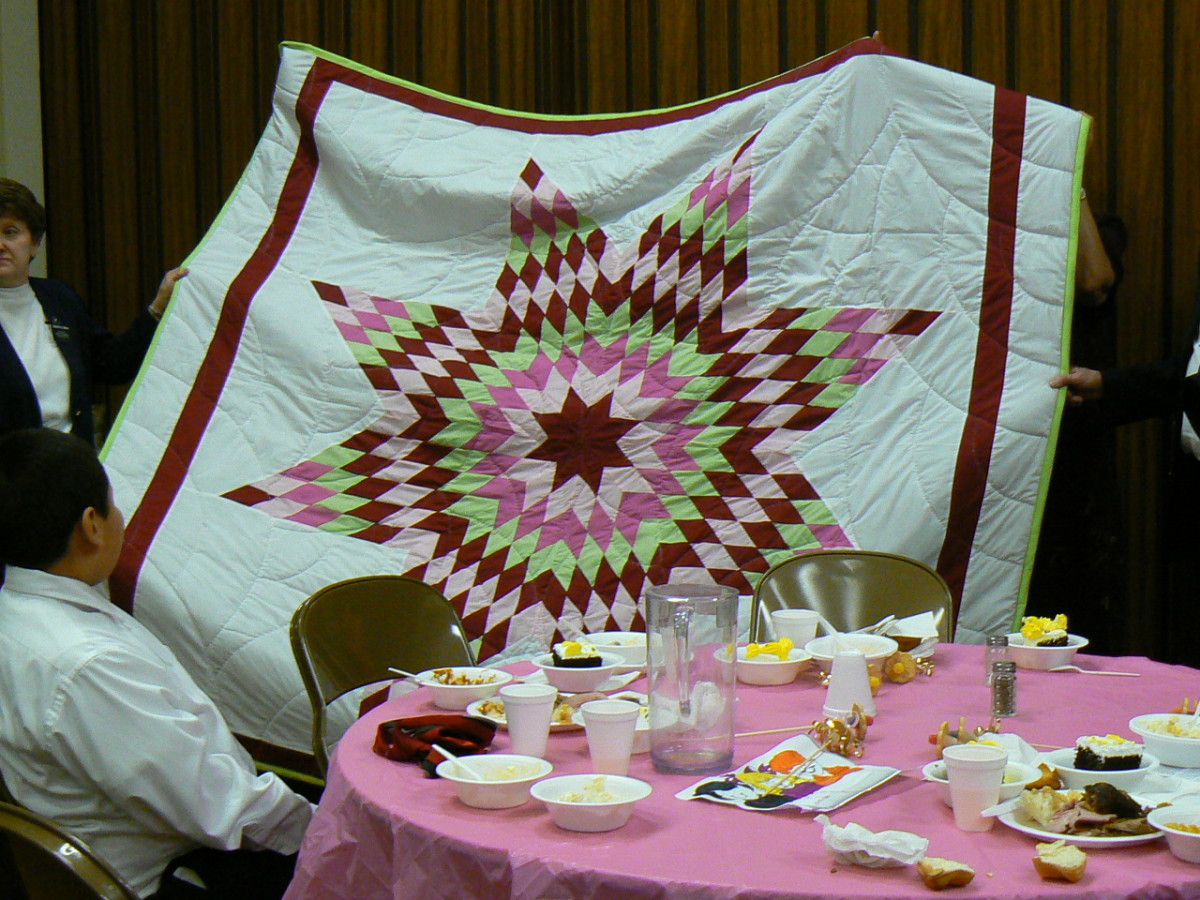Some Traditional Ceremonies Marking the Milestones in Life.
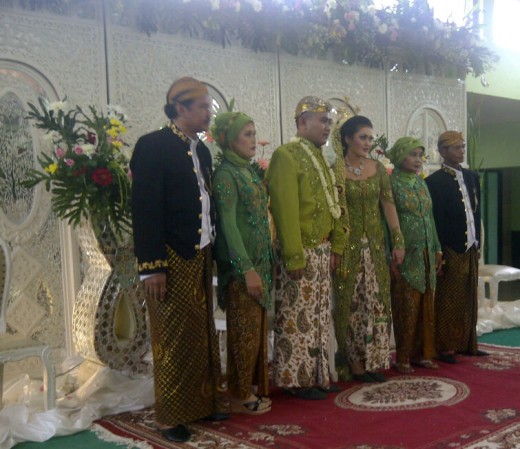
There are some important ceremonies in Indonesia culture and considered marking the milestones in one's life. Some of the ceremonies are even practiced internationally since normative values are contained in them :
Marriage
Tingkeban
Birth
Sunatan
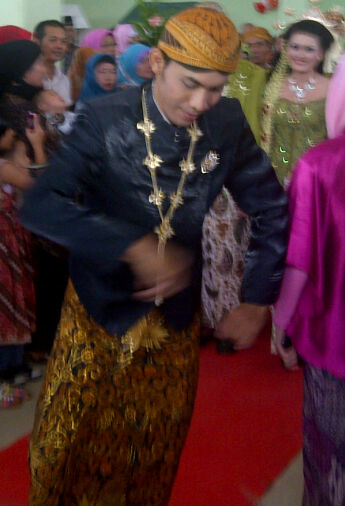
Marriage.
There are 34 provinces in Indonesia and they perform their wedding ceremonies in many variations. The province with the most population and strongly preserves its tradition including traditional wedding ceremony is Central Java, either Jogjakarta or Solo tradition standards.
Jogjakarta wedding processions involve some steps :
- Tontoni
- Lamaran
- Tarub
- Nyantri
- Siraman
- Midodareni
- Langkahan
- I j a b
- Panggih.
Tontoni :
Although the couples have known and dated each other before, the ceremony include tontoni in which both who are going to tie the knot are met by the two parties in order to know each other. When the couples have got one-another's attraction (chemistry) after the Tontoni, then the process continues to....
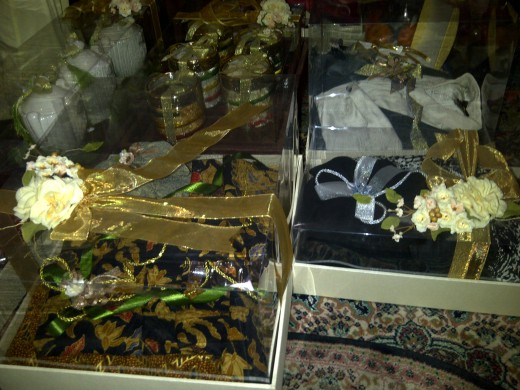
Lamaran :
Lamaran or marriage proposal is held at a certain day and date agreed by the two families at the bride's home and attended by both side extended families.
One condition that the groom family must fulfill in Lamaran that they have to bring bonding presents for the bride to show their serious intention to propose her. The bonding presents may consist of some valuable things like gold jewelry, dinning wares, batiks dresses, cakes, etc.
The program is filled with some speech and introducing the members of each family attending the occasion. Other agendas in Lamaran are fix the D-day and date of the wedding, fitting the wedding dresses for the bride and groom, parents, and the bridesmaids. The occasions is finalized with amiable event together with food served by the host to make them more familiar each other and close the lamaran with a strong wish to proceed to successful wedding day agreed.
Tarub :
Tarub is an arched ornament made from young coconut leaves and set up at front yard leading to the bride's house. This ornament signals the neighbors that a wedding is going to take place in the family and is prepared at the same time as Nyantri and Siraman or one day prior to the D wedding day.
Nyantri :
One or two days before the marriage, considering that all next wedding ceremonies like Siraman, Midodareni, Langkahan and Ijab are held at the bride's residence, so to guarantee the readiness of the groom for following the ceremonies and the make up, it may be necessary for him to stay at a bride's relative or neighbor's house living near hers.
Siraman :
Siraman means bathe the bride and groom in order to clean their body and soul. Special water containing 7 kinds of flowers and various spices is prepared. Conditioning food and delicacies are also served to fulfill the requirements. The siraman is opened with chants and prayers and proceeded with bathing the couple by seven major family members in turns.
The last step is given to the make artist to pour the bathing water before she finally breaks the terracotta water jug to indicate the midodareni begins.
Midodareni :
Midodareni originates from the word Widodari or angel. It takes place from 18:00 until 24:00 and the bride has to stay in her bedroom accompanied by the elders and close family members. In this Midodareni night angels are believed to come to give the God's blessing for the girl to succeed her wedding and her marriage life.
Langkahan :
Langkahan is taken in the case the bride still has older sister or older brother that is not married yet. She has to ask for her or his consent and blessing to show her respect for them
I j a b :
Ijab is the essence of a marriage so that its execution in a wedding procession is obligatory. Ijab takes place when the groom, lead by a cleric from Office of Religious Affairs and witnessed by the two families and other important invitees, says the sacred marriage covenant in front of the bride's father.
Panggih :
Panggih is the final step in the processions when the bride and groom meet one another after the Ijab ceremony.
They both change their dresses specially prepared for Panggih by the organizer before they perform the followings :
- The bride shows up preceded by the appearance of Mayang twins (two arrangements of young coconut leaves erected on banana trunks)
- Bride-groom pepper leaf throws. The pepper leaves used are folded with some lime inserted inside and tied with white thread.
- Egg stepping. The groom breaks an egg with his right foot and the groom washes his foot as a symbol of wife devotion to her husband.
- Tampa kaya. The groom hands some grains and money coins which symbolizes a husband role in earning income and giving food for his family.
- Dahar Kalimah. Both feed one another with yellow rice containing string bean, scrambled egg, fried soya bean, fried tempe, shredded meat, and chicken liver which all symbolize their eternal love and life full of prosperity.
- Sungkeman. Both kneel in front of their parents to show their respect, ask for their parents forgiveness and always stay in humbleness when children deal with parents.
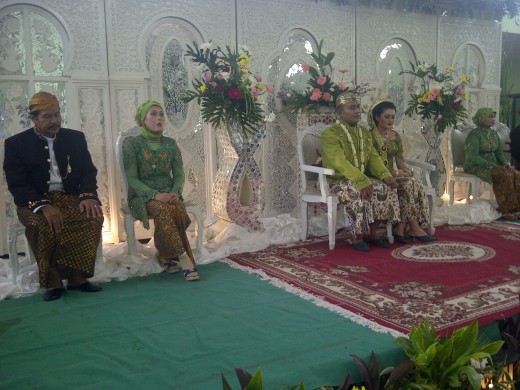
The final step of all processions is the reception when the happy couples and flanked by their respective parents are seated on the wedding stage. All invitees later are given chances to come forward in a line and hand shake and congratulate the the couples and their parents.
They then will go down the wedding stage and enjoy various dishes served by the host before they leave the reception.
Tingkeban.
As the name refers, Tingkeban or Tujuh Bulan means seven months, so this ceremony is intended to give the 7-old-month baby in the womb prayers and blessings so that the baby is expected to be always healthy, have a smooth and good process in the delivery.
Processions in Tingkeban involve number 7 which means all parts of it are done 7 times, use 7 kinds of steps and materials.
Celebrating the seven (7) months old pregnancy is considered important and many countries have the same idea about it although they call it in different names and with some different variations in performing it, like in America they call it baby showers :
I just want to share through this hub how traditional Tujuh bulanan or Tingkepan is performed in the country and hopefuly enrich your perspective about other nation's cultures. Tingkeban is done in the of month, or on the 27th and involves some processions which are done or repeated 7 times.
7 Processes in Tingkeban :
1. Praying and Reciting Holly Qur'an.
All members of families like parents, relatives as well as other invitees from the neighborhood and close friends attend this occasion. They pay attention to the spiritual teaching and advices delivered by a cleric with the main hope that God almighty will always pour His protection for the baby and the parents to be.
2. Siraman (The showering) :
The pregnant woman is bathed with 7-flower water (mixing the bathing water used in the ceremony with 7 flowers) by her 7 close family members. The 7 family members prioritized for showering the woman are parents, parents in law, grand parents, and either grand father or grand mother in law.
The 7 flower used in bathing symbolizes the family expectation for the baby to be dignified, respectable and has noble characters and the water will purify the baby's mother's body and soul from any mental burdens during pregnancy and the delivery.
3. Changing batik clothes in 7 different motifs alternately.
The pregnant woman wears batik fabrics in 7 different motifs in turns. This step is done after she has been bathed by 7 persons and is followed with cloth changing 7 times with 7 different batik motifs:
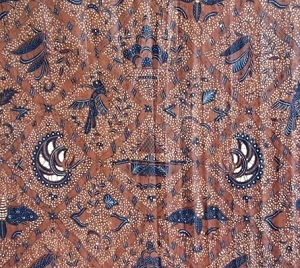
- Sidomukti : The motif in Sidomukti contains values which represent prosperity. Wearing batik in this motif will give moral support and hope for the baby to be poured prosperous life, dignified, respectable, and economically sufficient.
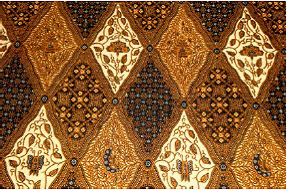
- Sidoluhur : This motif is worn to represent the family's prayers for virtue, nobility, and optimism.
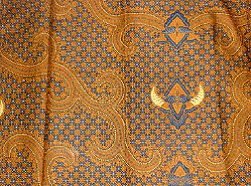
- Truntum : Truntum symbolizes guidance and wearing batik of this motif is expected to give the guidance to the baby to always obey the positive values taught by his/her parents.
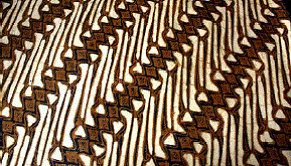
- Parang : Parang means machete and wearing batik in this motif reflects the parents hope and prayers for the baby to have shrewdness and dexterity like the sharpness of a machete.
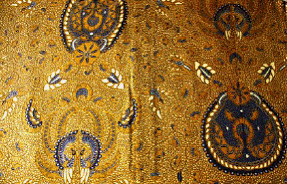
- Semen Rama : There are three main elements depicted in Semen Rama motif : Flames, Clouds, and Birds which respectively represents characters with divine power, justice, and sublime character. With those characters, the baby will have affection, care and love for others.
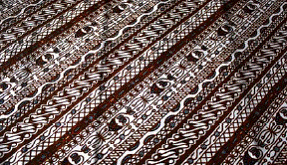
- Udan Riris : Udan Riris mean drizzle and batik in this motif symbolizes fertility and prosperity. Wearing the pregnant mother in this motif in the bathing, the family hopes the new born baby will live in productive, prosperous conditions too.
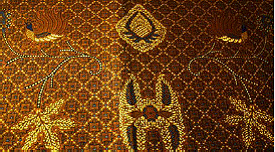
- C a k a r : Cakar means claws and inspired by how chicken scratch soil for food, batik in this motif reflects the family's prayers for the baby to be poured with success in making a living so that he or she can satisfy all his/her needs.
4. Present Givings : Presents in the form of boiled/cooked tubers put on a earthenware are shared to every person who has poured the showering water. This present giving represents the parents hopes and prayers for the baby to have excellent character as well as sufficient fortunes in the future.
5. Yellow Coconut splitting : Two yellow coconuts which have been inscribed with the figures Kamajaya and Kamaratih (Arjuna and Sumbadra) are kept inside the mother's covering cloth just for a while. This part represents their hopes that the baby boy will inherit Kamaja's bravery and knight while if it's a baby girl she will have Kamaratih's beauty, loyalty, and generosity.
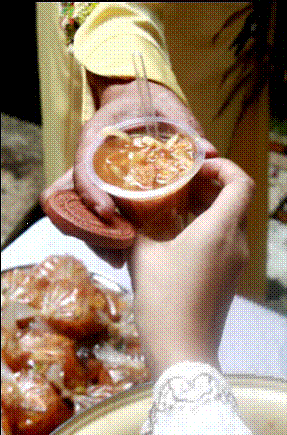
6. An earthenware breaking : Some remaining showering water in step 2 is collected in a terracotta bowl with couples of coins are put in it. The husband brings the bowl to an intersection nearby and drop it there. This action symbolizes the freedom the baby will get when he/she has the capability to choose with lavish success earned in their life journey.
7. Rujakan (fruit salad dining) : There are several rujak types but the one used in Rujakan ceremony is shredded fruit rujak.
The fruits used in the salad must be of 7 kinds representing sweet, sour, and starchy tastes. both husband and pretend to be fruit salad seller in this Rujakan part. Guests act like the buyers who buy the salads using "money" made from broken roof tiles. This activity reflects their wishes that the baby in womb will become a good person at making income and managing money or business.
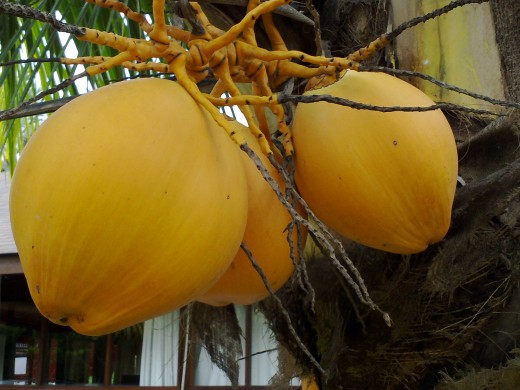
The Birth.
There are 3 rituals considered essential for a newborn baby :
- Adzan and Iqomah
- Akikah
- Hair cutting and name giving.
Adzan and Iqomah are Muslim praying calls. Adzan and iqomah are softly whispered to the baby's right and left ears respectively to introduce the baby to those noble calls.
Aqiqah :
Aqiqah is held after 7, 14, or 21 days of birth, parents who are economically capable are encouraged to sacrifice 1 goat for a baby girl and 1 or 2 goats for a baby boy. They'll cook the mutton and donate it to the needy and other people in the neighborhood.
Although this ceremony is a (strong) recommendation, but almost all parents with mentioned condition are willing to perform it with their main intention to express grateful feeling for the precious gift (the baby) they've got and for the baby safe birth.
Hair cutting and Name giving :
Some of the baby's hair is carefully cut and he/she is given a good name because a good name will indeed give positive aura to him/her.
The baby's family invite people in the their neighborhood to attend this ceremony and they are given chances to participate in the hair cutting and share prayers for the newborn baby.
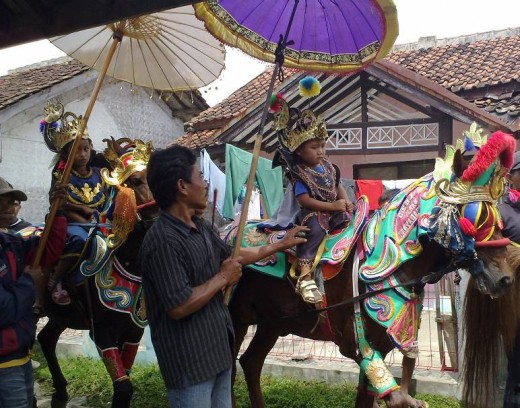
Sunatan
Sunatan is an Indonesian word for circumcision. Sunatan applies only to a boy who has reached around 9-10 years of age.This ceremony is held to mark the boy's biological change into adolescent.
Parents will ask the boy's agreement first before they make up their minds for Sunatan, including the scale of ceremony, the number of invitees, the programs, the D day, etc.
The circumcised boy will get special treatment from his family prior to the D day of the special occasion. They'll make the circumcision day favorable for the boy by creating festive atmosphere. Around-the clock Wayang (Javanese leather or wood puppet shows) are commonly staged in East, Central, and West Java featuring Wayang freak favorite stories and performed by famous puppeteers too.
The shows can be more varied, including the group bands and take place more than one day if the party thrown by a rich family.


